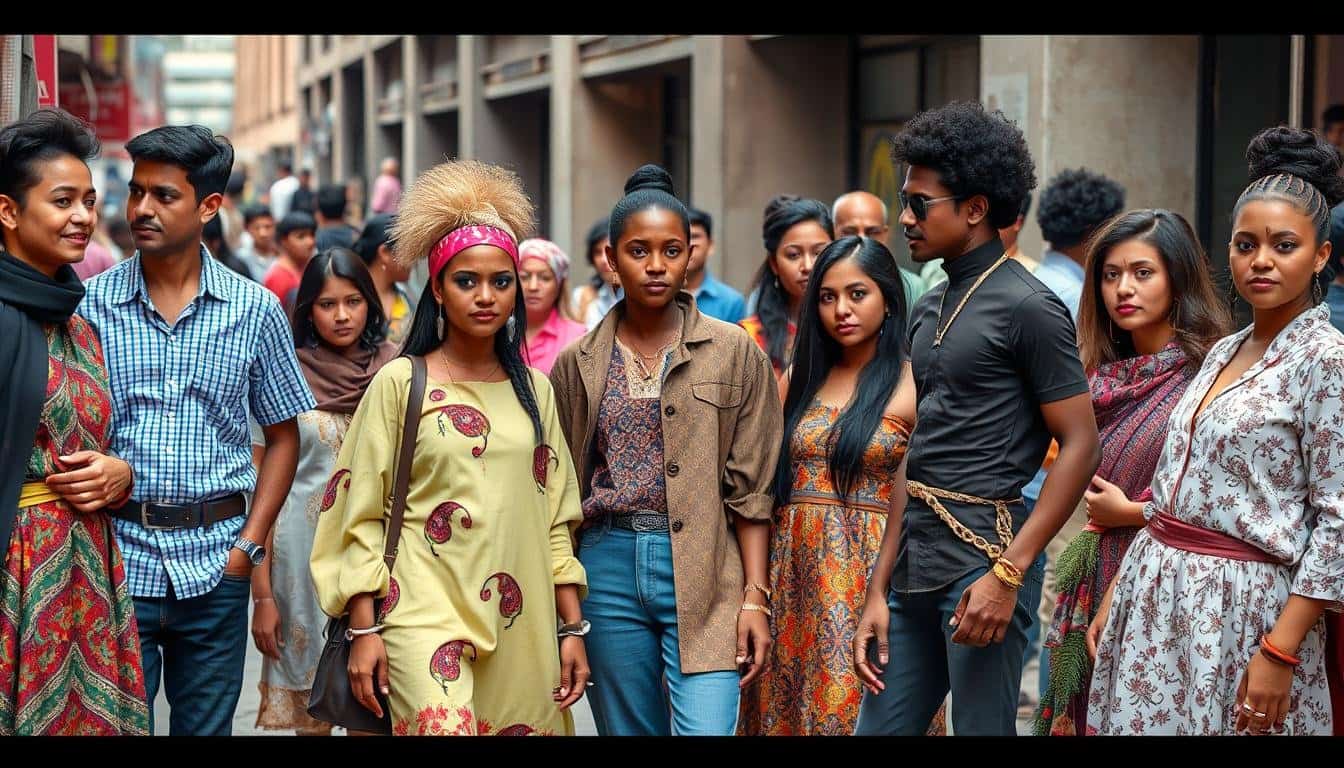Fashion is more than just the clothes we wear—it’s a global language of self-expression, creativity, and identity. From ancient civilizations to modern runways, fashion has always played a significant role in shaping culture and reflecting the spirit of the times. As trends evolve and society changes, fashion remains an ever-relevant and dynamic part of human life.
Understanding Fashion
At its core, fashion refers to the styles of clothing, accessories, and grooming that are popular at a particular time and place. It encompasses everything from haute couture and designer brands to streetwear and fast fashion. But fashion is not solely about appearance; it is deeply connected to individual identity, social values, and artistic expression.
Fashion tells a story. It communicates who we are, what we believe in, and how we see ourselves in the world. For many, fashion is a form of empowerment—a way to express personality, mood, and cultural heritage.
The History of Fashion
The history of fashion is rich and diverse. In ancient Egypt, clothing symbolized status and wealth. In medieval Europe, elaborate garments indicated noble lineage. The Renaissance brought artistic flair to fashion, while the 19th and 20th centuries witnessed dramatic shifts driven by industrialization, globalization, and the rise of consumer culture.
Iconic designers like Coco Chanel, Christian Dior, and Yves Saint Laurent revolutionized fashion by introducing new silhouettes and ideas of elegance. Meanwhile, movements such as punk, hip-hop, and grunge challenged norms and brought subcultures into the fashion mainstream.
Today, fashion is a global industry, influenced by both luxury houses and independent designers, as well as by pop culture, social media, and everyday street style.
Fashion as Art and Industry
Fashion is both an art form and a business. On one hand, it involves creativity, design, and innovation. Designers use fabric as their canvas, crafting pieces that reflect inspiration, emotion, and vision. Fashion shows, lookbooks, and editorials showcase these designs in curated ways, often blurring the line between clothing and conceptual art.
On the other hand, fashion is a multi-trillion-dollar industry employing millions worldwide. From manufacturing and marketing to retail and e-commerce, fashion drives global commerce and shapes consumer behavior. Brands must balance artistic vision with market demands, adapting quickly to trends, seasons, and social shifts.
The Role of Trends
Trends are a central element of fashion. They reflect what’s “in style” and can change rapidly. Trends are influenced by many factors, including celebrities, influencers, fashion weeks, music, films, and current events. For instance, sustainable fashion, oversized silhouettes, Y2K revival, and gender-neutral clothing are current trends gaining popularity worldwide.
However, while trends guide public taste, fashion also celebrates timeless style. Classics like the little black dress, denim jeans, and tailored suits remain staples, proving that personal taste often transcends the ebb and flow of fads.
Fashion and Identity
One of the most powerful aspects of fashion is its ability to express identity. Through clothing and accessories, people showcase their gender, ethnicity, religion, profession, social status, and personality. Fashion can be a tool for empowerment, helping individuals feel confident and seen.
In recent years, fashion has embraced diversity more than ever. Runways and campaigns are increasingly featuring models of different races, sizes, ages, and gender identities. Designers are celebrating cultural heritage, and consumers are demanding more inclusive, authentic representation.
Fashion is also deeply tied to youth identity and rebellion. From the punk outfits of the 1970s to the vibrant colors of hip-hop fashion and the minimalist aesthetic of Gen Z, what people wear often reflects their values and worldview.
The Rise of Sustainable Fashion
As awareness of environmental and ethical issues grows, sustainable fashion has become a major movement within the industry. Fast fashion—known for its cheap, disposable clothing and high environmental cost—is being challenged by calls for responsible production, ethical labor, and eco-friendly materials.
Sustainable brands focus on quality over quantity, offering timeless pieces made from organic, recycled, or biodegradable fabrics. Second-hand shopping, clothing swaps, and upcycling are also gaining traction as consumers seek to reduce waste and carbon footprints.
The shift toward sustainability is not just a trend but a necessary evolution in how fashion operates in a climate-conscious world.
Fashion and Technology
Technology is reshaping fashion in exciting ways. Virtual fashion shows, AI-generated designs, and 3D-printed garments are changing how clothes are made and consumed. Augmented reality (AR) allows users to try on clothes virtually, and blockchain technology is being used to ensure supply chain transparency.
Digital fashion—virtual garments worn in digital spaces or on social media avatars—is also on the rise, especially in gaming and the metaverse. As fashion enters the digital age, the boundaries of creativity and wearability are being redefined.
Conclusion
Fashion is a mirror of society, a vehicle for personal expression, and a force that blends art, culture, and commerce. Whether on the runway, the streets, or in the digital world, fashion continues to inspire and influence how we see ourselves and others.
As the industry moves toward greater sustainability, inclusivity, and technological integration, the future of fashion promises to be as innovative and diverse as the people who wear it. In every thread and silhouette, fashion tells a story—and that story is ever-evolving.

